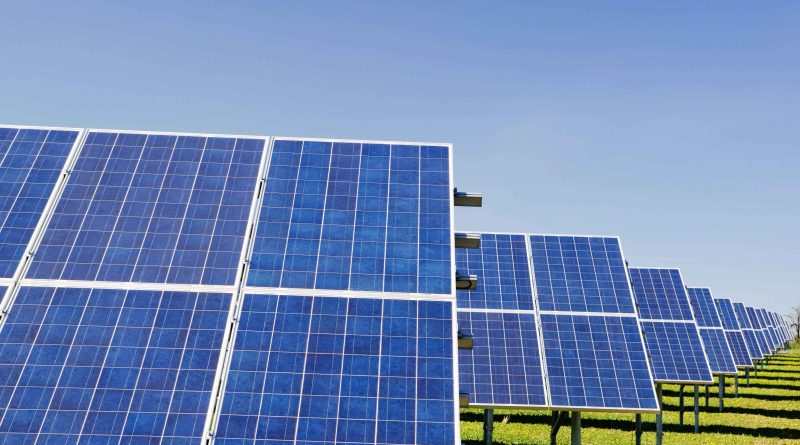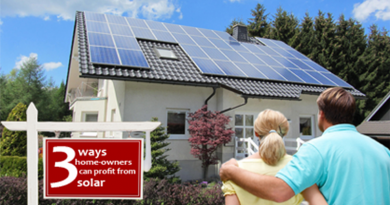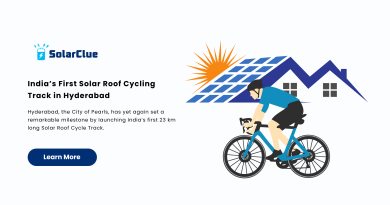Installing and Maintaining Solar Panels
Solar power is gaining popularity as a clean and sustainable energy source. It offers numerous benefits, from reducing electricity bills to minimizing carbon footprints. However, one of the primary concerns for many homeowners and businesses considering solar energy is the cost. In this blog, we will delve into the expenses of installing and maintaining solar panels. By understanding the financial aspects, you can make an informed decision about whether solar panels are a viable investment for your energy needs.
Table of Contents
The Cost of Solar Panel Installation
Installing solar panels involves various expenses that must be considered. The total cost typically depends on factors such as the size of the system, type of panels, location, and any additional equipment or services required. On average, the installation of solar panels can cost anywhere between $15,000 and $45,000 for residential properties. This estimate includes the cost of the panels, inverters, mounting equipment, electrical work, and permits.
A significant portion of the installation cost comes from the solar panels themselves. The price of solar panels has drastically decreased over the years, making them more accessible to a wider range of consumers. On average, solar panels cost between $2.40 and $3.50 per watt. The total wattage required for your system will depend on your energy needs and available roof space.
In addition to the panels, inverters are an essential component of a solar energy system. Inverters convert the direct current (DC) electricity produced by the panels into alternating current (AC) usable in households or businesses. The cost of inverters varies depending on the type and size but can range from $2,000 to $5,000.
Mounting equipment, such as racks or frames, is also required to secure the solar panels to your roof. The cost of mounting equipment can range from $1,000 to $3,000, depending on the complexity of the installation and the type of roof.
Lastly, electrical work and permits are necessary for a safe and compliant solar panel installation. Hiring a licensed electrician to connect the solar panels to your electrical system can cost between $1,000 and $3,000. Additionally, obtaining the necessary permits from local authorities can add a few hundred dollars to your total installation cost.
Maintenance Costs of Solar Panels
While solar panels are known for their reliability and low maintenance requirements, some costs associated with their upkeep should be considered. The good news is that the maintenance expenses are relatively minimal compared to the potential long-term savings.
Regular cleaning is one of the primary maintenance tasks for solar panels. Dust, dirt, and debris can accumulate on the panels, reducing their efficiency. Cleaning the solar panels with a hose or a soft brush is generally sufficient. However, if your panels are difficult to access or located in an area with excessive dirt, it may be necessary to hire professional cleaning services. The cost of professional cleaning can vary depending on the size of the system but typically ranges from $100 to $300 per visit.
In some cases, tree branches or other objects may obstruct the sunlight reaching the panels. Trimming trees or removing any obstructions might be necessary to maintain optimal energy production. It is advisable to consult with professional tree trimmers or solar panel maintenance companies to assess the cost of such services.
Another maintenance cost to consider is the replacement of inverters or other equipment that may fail over time. While inverters typically come with manufacturer warranties that cover the first few years, there may still be costs associated with repairs or replacements outside of the warranty period. It is recommended to consult with the solar panel installer or the manufacturer to understand the warranty terms and potential repair costs.
Financial Incentives and Long-Term Savings
Despite the initial installation and maintenance costs, solar panels can result in substantial long-term savings and financial incentives. The most significant benefit is the reduction in electricity bills. By generating your own electricity, you can significantly reduce or even eliminate your monthly electricity costs. The exact amount of savings will depend on your energy consumption and the size of the solar energy system installed.
Furthermore, many governments and utility companies offer financial incentives to encourage the adoption of solar power. These incentives can include tax credits, rebates, or performance-based incentives. The availability and amount of financial incentives vary depending on your location. By taking advantage of these incentives, you can further reduce the overall cost of installing and maintaining solar panels.
Additionally, solar panels can increase the value of your property. Studies have shown that homes equipped with solar panels tend to sell faster and at higher prices than comparable properties without solar power systems. This increase in property value can offset the initial installation costs and provide a substantial return on investment in the long run.
Conclusion
Embark on a seamless solar journey with SolarClue® as your guide to installing and maintaining solar panels in 2024. Navigate key installation steps with ease, from choosing the right mounting structure to assessing roof suitability. Overcome challenges with troubleshooting tips and connect panels to the electrical system safely. Develop a maintenance schedule for prolonged efficiency and learn to identify signs of issues promptly. Clean panels effectively and optimize performance with monitoring support. Join a community sharing experiences, fostering collaborative learning and support throughout your solar journey. SolarClue® empowers you to harness the full potential of solar energy in 2024.
Frequently Asked Questions
SolarClue® outlines key steps in solar panel installation, guiding users through the process for a smooth and efficient setup in 2024.
SolarClue® explains the impact of mounting structures on efficiency, assisting users in selecting the most suitable option for optimal solar panel performance in 2024.
SolarClue® assists users in assessing roof suitability, providing insights into factors like orientation, shading, and structural considerations for successful solar panel installation in 2024.
SolarClue® highlights common challenges in solar panel installation, offering troubleshooting tips and solutions for users to overcome these challenges effectively in 2024.
SolarClue® provides guidance on connecting solar panels to the electrical system, ensuring seamless integration that complies with safety standards and regulations in 2024.
SolarClue® outlines routine maintenance for solar panels, helping users develop a schedule to maximize the lifespan and efficiency of their installations in 2024.
SolarClue® offers information on signs of solar panel issues, enabling users to identify and address problems promptly for continuous energy production in 2024.
SolarClue® provides assistance in cleaning solar panels effectively, considering factors like location, weather, and the type of dirt that may impact performance in 2024.
SolarClue® supports users in monitoring solar panel performance, offering insights into energy production and helping optimize systems for efficiency in 2024.
SolarClue® fosters a community where users share installation and maintenance experiences, creating a collaborative space for learning and support throughout their solar journey in 2024.




